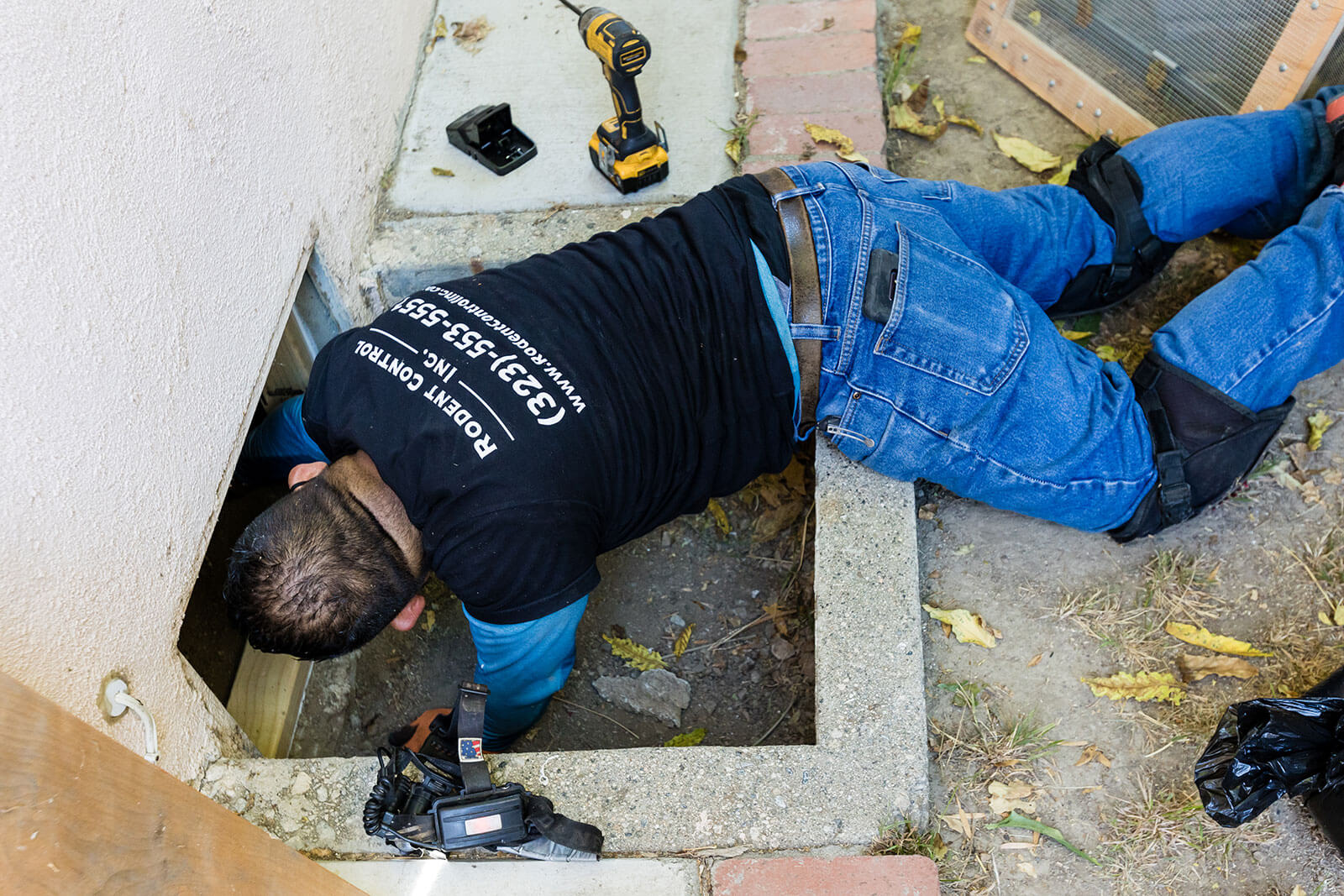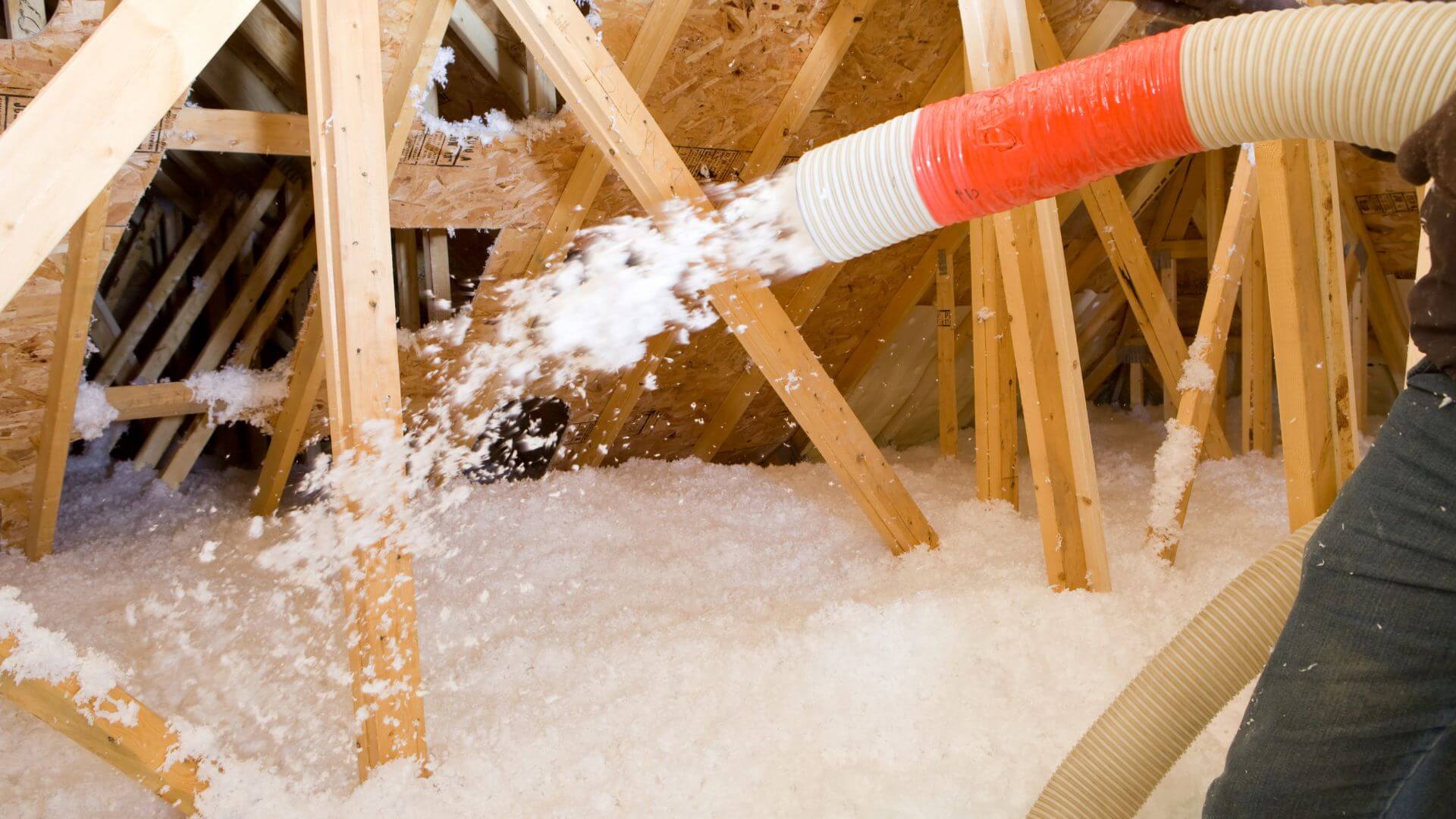Rodent infestations pose a significant challenge for residents and businesses in Los Angeles, a city with a diverse climate and an abundance of food sources that attract these pests. Rodents, particularly rats and mice, can cause property damage, spread disease, and create a general nuisance. To effectively manage these concerns, it is essential to implement best practices for rodent exclusion. This article explores proven methods to prevent rodents from entering your property while highlighting the importance of professional assistance from a reliable rodent control company in Los Angeles.
Understanding the Rodent Problem
Los Angeles offers an ideal environment for rodents. With its mild climate and plentiful food sources, including garbage, pet food, and gardens, it's no wonder that homes and businesses often find themselves dealing with these unwelcome guests. Understanding the behavior of common rodents can provide insights into effective exclusion strategies.
Rats are particularly notorious for their adaptability. They can squeeze through openings as small as half an inch wide. Mice are equally nimble, capable of fitting through even smaller gaps. Both species are excellent climbers and can access roofs or upper floors via trees and utility lines. Their nesting habits often lead them to seek shelter in attics, basements, or wall voids.
Given this understanding, the first step toward effective rodent exclusion is identifying potential entry points around your property.
Inspecting Your Property
A thorough inspection of your property is crucial in preventing rodent entry. Begin by examining both the exterior and interior of your building. Look for cracks in the foundation, gaps around windows and doors, and any holes in walls or ceilings.
When inspecting the exterior:
- Foundation: Check for cracks or holes that could allow rodents to enter. Doors and Windows: Ensure all doors close tightly and windows have screens without tears. Vents: Look at vent openings; they should be covered with metal mesh to prevent entry. Rooflines: Inspect eaves and rooflines for gaps where rodents might climb up.
On the interior:
- Basements and Attics: These areas often serve as hiding spots; check for droppings or signs of gnawing. Storage Areas: Look behind boxes or furniture where rodents might nest unnoticed.
Document any potential entry points you discover during your inspection so you can address them systematically.
Sealing Entry Points
Once you've identified vulnerabilities around your property, sealing these entry points becomes paramount. Use materials that are resistant to gnawing—metal is preferable over wood or plastic. Here are some common areas to focus on:
Pipes and Utilities: Seal gaps where pipes enter walls with caulk or cement. Foundation Cracks: Fill any cracks larger than ¼ inch with concrete or mortar. Doors: Install door sweeps on exterior doors to eliminate gaps at the bottom. Windows: Ensure all screens fit well; replace any damaged ones immediately. Vents: Cover vents with heavy-duty wire mesh that has openings no larger than ¼ inch.Sealing these potential entry points not only deters rodents but also improves overall energy efficiency by reducing drafts.
Maintaining Cleanliness
Rodents are opportunistic feeders; therefore, maintaining cleanliness around your property is another critical aspect of exclusion strategies. A clean environment reduces food sources that attract these pests:
- Store food items in airtight containers rather than cardboard boxes. Regularly clean kitchen counters to remove crumbs or spills. Dispose of garbage promptly in sealed containers kept away from buildings. Keep outdoor areas free from debris where rodents may hide.
In gardens, consider using fencing designed to deter rodents while ensuring it extends underground to prevent burrowing beneath it.
Landscaping Considerations
Landscaping choices can influence rodent populations surrounding your home. Overgrown vegetation provides cover for nesting sites while mulch can create a perfect habitat for hiding or breeding:

- Trim bushes back at least two feet from buildings. Keep trees pruned so branches do not extend over rooftops. Use gravel instead of mulch as ground cover since it does not provide favorable nesting material.
By modifying landscaping practices, you will not only enhance curb appeal but also make your property less inviting to rodents.
Utilizing Traps Effectively
best rodent control company in Los AngelesIn addition to proactive measures like sealing entry points and maintaining cleanliness, traps serve as an immediate solution if you suspect a rodent presence inside your home or office space. Proper placement is essential for effectiveness:
Identify high activity areas by looking for droppings or gnaw marks. Place traps along walls where rodents typically travel (they tend to avoid open spaces). Use appropriate bait such as peanut butter or dried fruit; avoid using cheese as it’s less appealing than other options. Check traps daily and dispose of captured rodents promptly while wearing gloves.Using traps allows you to monitor infestations continuously without resorting to toxic chemicals that could pose risks to children or pets.
Engaging Professionals
Despite taking extensive preventative measures, sometimes professional help is necessary—especially when dealing with significant infestations or challenging situations like commercial properties with complex structures.
Partnering with a reputable rodent control company in Los Angeles can provide expertise beyond basic exclusion methods:
- Professionals offer comprehensive inspections utilizing specialized tools such as cameras for hard-to-reach places. They possess knowledge about local rodent behavior patterns specific to urban environments like LA. Experts often employ integrated pest management strategies combining exclusion techniques with safe bait solutions tailored to your needs.
One such company is Rodent Control Inc., known for its commitment to environmentally friendly pest management techniques coupled with effective results.
Monitoring Success
After implementing exclusion methods both personally and through professionals, monitoring remains vital to ensure long-term success against rodent intrusions:
Conduct regular inspections—at least quarterly—to identify new vulnerabilities before they become issues. Maintain cleanliness consistently; involve all household members in keeping environments tidy both indoors and outdoors. Continue observing any signs of rodent activity; if noticed again after initial removal efforts fail—reassess previous strategies alongside professional advice if needed.Monitoring allows homeowners not just peace of mind but also provides opportunities early on before small problems escalate into larger ones requiring extensive remediation efforts later down the line.
Conclusion
Effective rodent exclusion in Los Angeles requires a multi-faceted approach involving thorough inspections, sealing entry points meticulously, maintaining cleanliness rigorously alongside strategic landscaping adjustments—and when necessary—engaging professional services like Rodent Control Inc.. By adopting these best practices diligently over time residents will significantly reduce their chances of experiencing unwanted guests within their homes while promoting healthier living environments overall!
